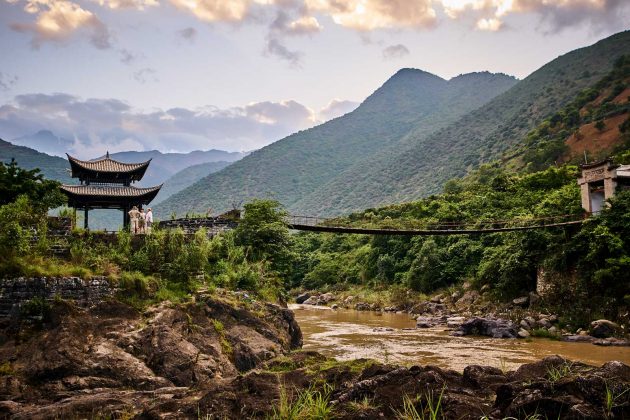
Interview with Matthew Dagher-Margosian
KJ’s director Lucinda Cowing spoke to Matt Dagher-Margosian, CEO at Asia Art Tours (www.asiaarttours.com), about Yunnan Province, China, where both have spent considerable time. Bordering Tibet to the north, Myanmar to the West and Vietnam to the South, the region has been exposed to the cultures of continent in ways that the rest of the China has not, and until the late 14th century existed independently of Han rule. These influences are pervasive in Yunnan’s culinary, artistic, musical and spiritual heritage today; making it a thoroughly attractive destination for both Chinese and foreign travellers alike in recent years. Indeed tourism may well have transformed the face of Yunnan, for both better and worse. Lucinda wanted to find out how Yunnan fits into the vision of Matt’s new venture and his desire to take an approach that is sensitive to the issues present in the industry.
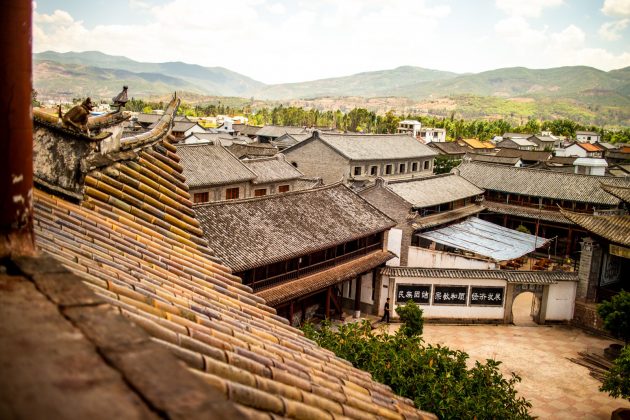
Why do you think Yunnan has become a luxury destination for Western/non-Chinese travellers? Is it due a change in the needs of luxury travellers, or something else? (I don’t remember seeing well-known, high-end accommodation providers when I was last there 9 years ago..)
For Yunnan’s appeal to the traveler, Walter Benjamin comes to mind. He spoke of art and places as possessing “auras”, that contained values that have yet to be commodified. As for business, I would say Yunnan’s development could be explained by British Academic Mark Fisher, and his theory of “Capitalist Realism” which dictates that, within a capitalist economy everything must have a price.
Applying these two frameworks we see that Yunnan is filled with historic relics, cultures and natural areas that in their non-commodified state are priceless, which draws the traveler. Next, comes business to set a price, and a destructive cycle is born: A traveler searches for what is priceless and finds it, a business sees this fallacy and names its price, and the tourist follows thereafter (a tourist only comes for an experience that has its value already defined.)
Asia Art Tours was formed specifically to try and short circuit this process, and to help travelers discover and create their own “auras” that would remain “priceless”. A big goal, but we’re lucky to have the help of some of Asia’s most dynamic artists.
Yunnan is one of the poorest provinces in China. Do you think locals have come to benefit economically from an increase in tourism to the area? I expect that if so, it still presents some sort of trade-off, especially in places like Dali and Lijiang.
Short story would be no. Large amounts of capital comes in from outside the region, demands the old ways and protections be discarded for new money to come in (worker rights, cultural sensitivity and environmental rights go out the window), the majority of people are given a fracture of the wealth created, along with losing their old ways of life. That’s the macro picture of Yunnan. But there are still places that remain untouched.
Indian Academic, Pankaj Mishra talks in his book The Age of Anger, about the danger of replacing economy that is limitless and free (spirituality and nature) with one based on limited goods and fixed prices (capitalism). I think his message is important to ask for places like Yunnan: Which economy works best for communities, and do they get a say on which they prefer?
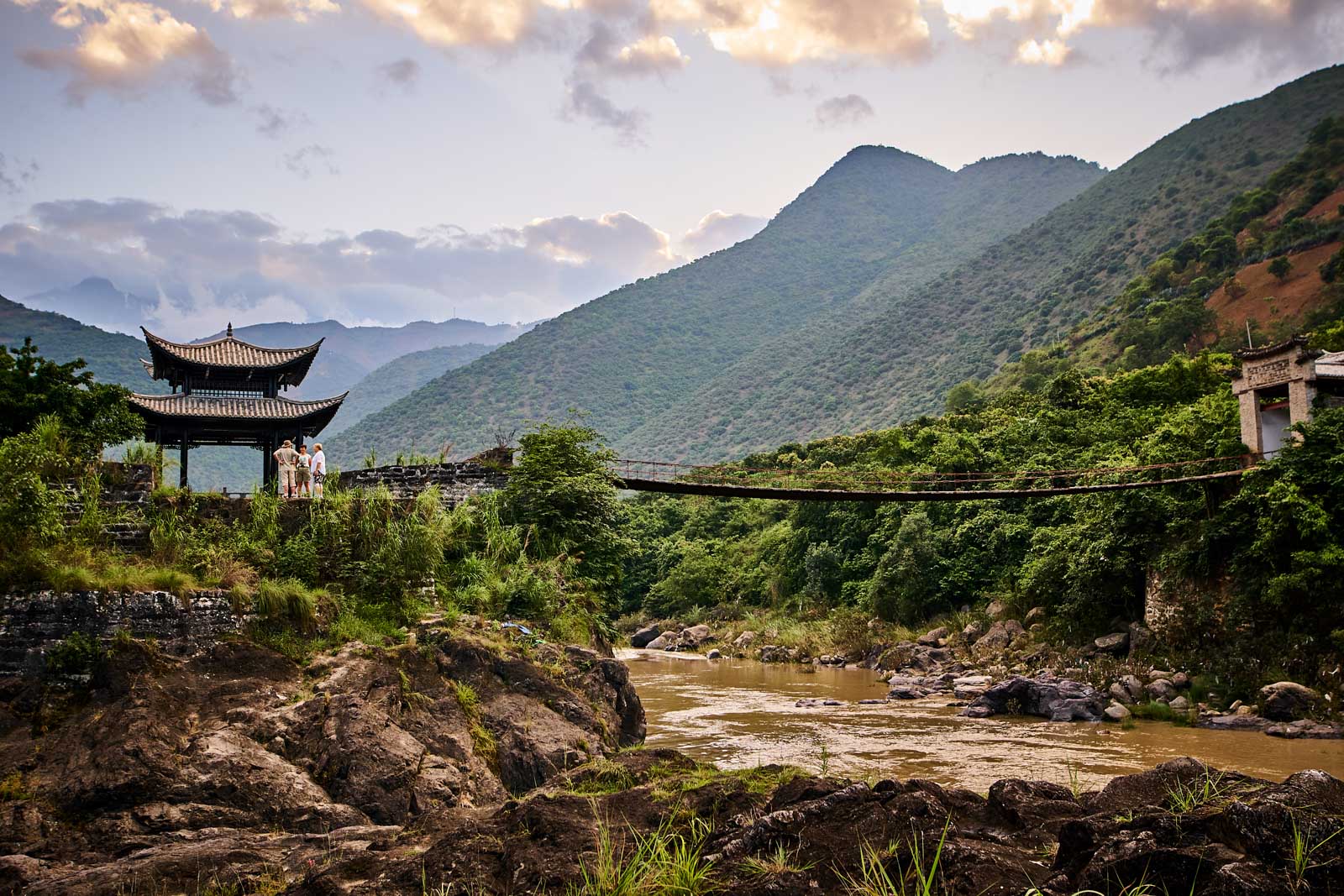
Yunnan is considered a kind-of frontier land for many, not least because the Tea Horse Road connected the region with peoples as far away as Central Asia, and you have these ethnic minorities who continue to practice their traditions (albeit to varying degrees, but relatively freely compared to say 30 years ago). As far as artistic expression today in Yunnan is concerned, does it tend to draw on these aspects or have you come across artists who have rather a different take on what Yunnan represents today?
Let me use Taiwan as a proxy for this issue, as China and Taiwan both have many different indigenous and minority groups. Taiwanese indigenous artists through music and literature were able to express their cultures, traditions, and demand a role in the creation of the future. (For more info on Asia Art Tours work with the Indigenous people of Taiwan, please check our website).
But China doesn’t promote or support arts that provide a voice, or are remotely political. So what I’ve seen in Yunnan is numerous artists do work that speaks to a culture’s tradition, while staying apolitical. Such as in the art forms of textiles or traditional music (for example the amazing Dali Artist 小白 ). Spirituality that remains apolitical has also flourished in Yunnan (Such as The Muslim Village of Donglianhua and the Taoist Mountain of Weibaoshan). So the past of Yunnan has being very well preserved, but (much like the rest of China) I don’t think art has a very clear picture or articulation of its future. Not because it’s incapable, but because its not allowed.
The Mekong, which flows through Yunnan, is lauded for enabling some of the most diverse ecosystems on earth, but has come under threat from Chinese-funded hydroelectric projects and so forth. Do you think Chinese authorities are becoming more sensitive to the opportunities for ecotourism if not the value of saving the biodiversity in other respects? Has this ever come up in conversation with locals, whether travel providers or artists, you have had contact with?
Chris Horton (friend of Asia Art Tours) wrote an excellent interview up on the subject with R Edward Grumbine, who worked as a scientist in Yunnan studying biodiversity. It’s not a positive outlook. Ecotourism currently does not carry the economic value that can equal or surpass the exploitation of Yunnan (logging, damming, poaching, mining), and the most important factor to nearly any neoliberal politician (as both China and the U.S. are Neoliberal ecoonomies) is economic growth.
I don’t think we can save these areas by making an economic argument. It will need a different foundation and basis.
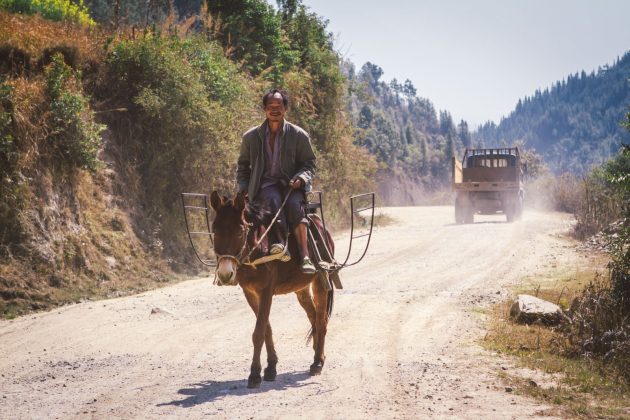
What do you think makes Yunnan a great destination for the artistically inclined, say compared to other parts of China?
China was for much of its history an agrarian society, making nature the inspiration for its religions and art. For many artists (particularly younger ones) returning to areas of nature and spirituality allows them to apolitically explore China and Chinese society. Making sense of Daoism, and appreciating traditional Chinese Art requires a natural setting.
I can give you the Tao Te Ching to read in the middle of Shanghai’s skyscrapers, but it will make much more sense if read on an isolated mountainside. Yunnan still has these places if you know where to look.
Also, Yunnan has been associated with Chinese Counterculture throughout its modern history. It wasn’t that long ago, when grandmas were selling marijuana openly on the streets to Chinese and Foreign Hippies. Those days are long gone, but those seeking refugee from society are still coming to Yunnan. I think that drive, to stand outside of society is important for many artists, especially in China.
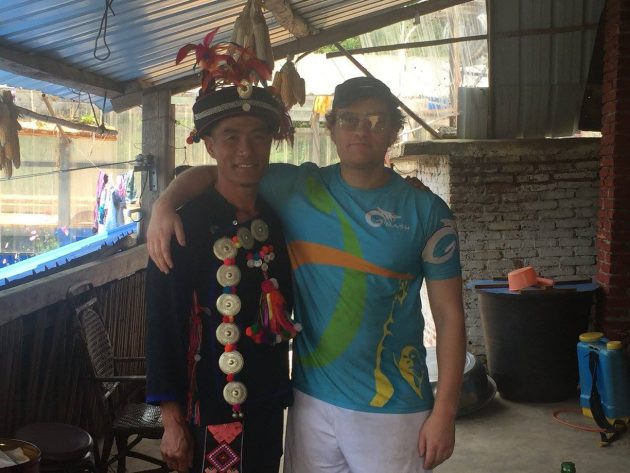
You and I have had several conversations before about the nature of tourism, and that fine line between accessibility (reaching an audience that typically such experiences would be denied to) and avoiding the trappings of mass tourism, so encouraging the development of traditions at risk of disappearing rather than simply enabling a different kind of decline (in which say, an art form loses its complexity or quality in order to sell). If you think there is still potential for this to be achieved somewhere, where do you think that would be and how? What have artists had to say about this?
I’ve been working in travel for over a decade now, and created Asia Art Tours to try and address this very question. Our aim is to oppose what Simon De Beauvoir and Jean Paul Sartre called “Bad Faith”: The problem of authenticity in an economic system where intermediaries not only divide us from the universal values we all seek (truth, beauty, love) but also divide us from ourselves. Being an executive is a fiction, as is the company itself. My essence is no more that of a CEO than a De Beers Diamond represents love. And this dilemma extends to travel, how can you “discover yourself” on a vacation if you know more about your abstracted self (the executive) than the actual one (you!)
With that in mind, below are 3 simple steps to experience meaningful travel,
Step 1: Move beyond the image. People were talking about this already in the 1960s, most famously in Daniel Boorstin’s The Image. As the technology we use and media we consume becomes visual… we gradually lose the context behind those images. We come for the beauty of places like Yunnan, but have no context for that beauty. To any traveler, I would say ignore image and focus on context and content.
Step 2 Define your own metrics! Just as images constrain our ability to understand the context of destinations, metrics often constrain our ability to properly define them. We experience this predominantly in two forms, which I’ll refer to as the “Cool Kids” and the Nerds.
“Cool Kids” are Instagram, Twitter or other apps where the appeal of a destination, is based on either how many other people like it, or in fact if an actual “cool kid” (I.E) celebrity/famous person likes it. This leads us to chase destinations and meaning that we see others chasing (Rene Girard coined the term “memetic desire” to describe this very phenomenon). Just as the celebrity is “famous for being famous” destinations become “liked for being liked”.
“Nerds” are apps like Yelp or Tripadvisor that compile and rank based on metrics and algorithms. When metrics are used that cannot measure the destination, this leads to error. Japan saw these recently with the Koya-san monk becoming angry with guests posting poor reviews of temples on sites like Booking.com. His anger was that these metrics, rating criteria things like “comfort” and “convenience” are grossly inappropriate for trying to evaluate your stay at a place of spiritual practice like Koya-san . . .. I don’t blame the travelers or the monk; I blame the metrics we’ve been provided that limit our ability to express what these places mean to us.
Step 3 is to experiment. Read or have conversations to discover the destinations that move you personally, and develop a language that’s your own (not metrics that others create) to define your values. Once you have this framework, you can start searching for your answers. It won’t be easy, but this is why I started Asia Art Tours, to help travelers experience a deeper, more true and philosophical style of travel.
Though I believe nature to be the “original economy” as author Wendell Berry puts it, and I believe science still holds great potential, the arts are my company’s focus because Arts, at their best, are about the exploration of the abstract values that define the human experience. The artist uses their craft to explore and express these abstract values, auras and principles (love, beauty, truth, hope,) that we spend our whole lives searching for. Moreover, I view artists (and many scientists) as those who do what they want, with no intermediary dividing them from themselves, and as such are the closest example we have as an individual living in “Good Faith”.
There is a revolutionary value to vacations. They can and should be journeys of self-discovery, one of the few times we are allowed to explore who we are and what we want. That’s the goal at least of Asia Art Tours, and what I think it means to experience and create meaningful travel.
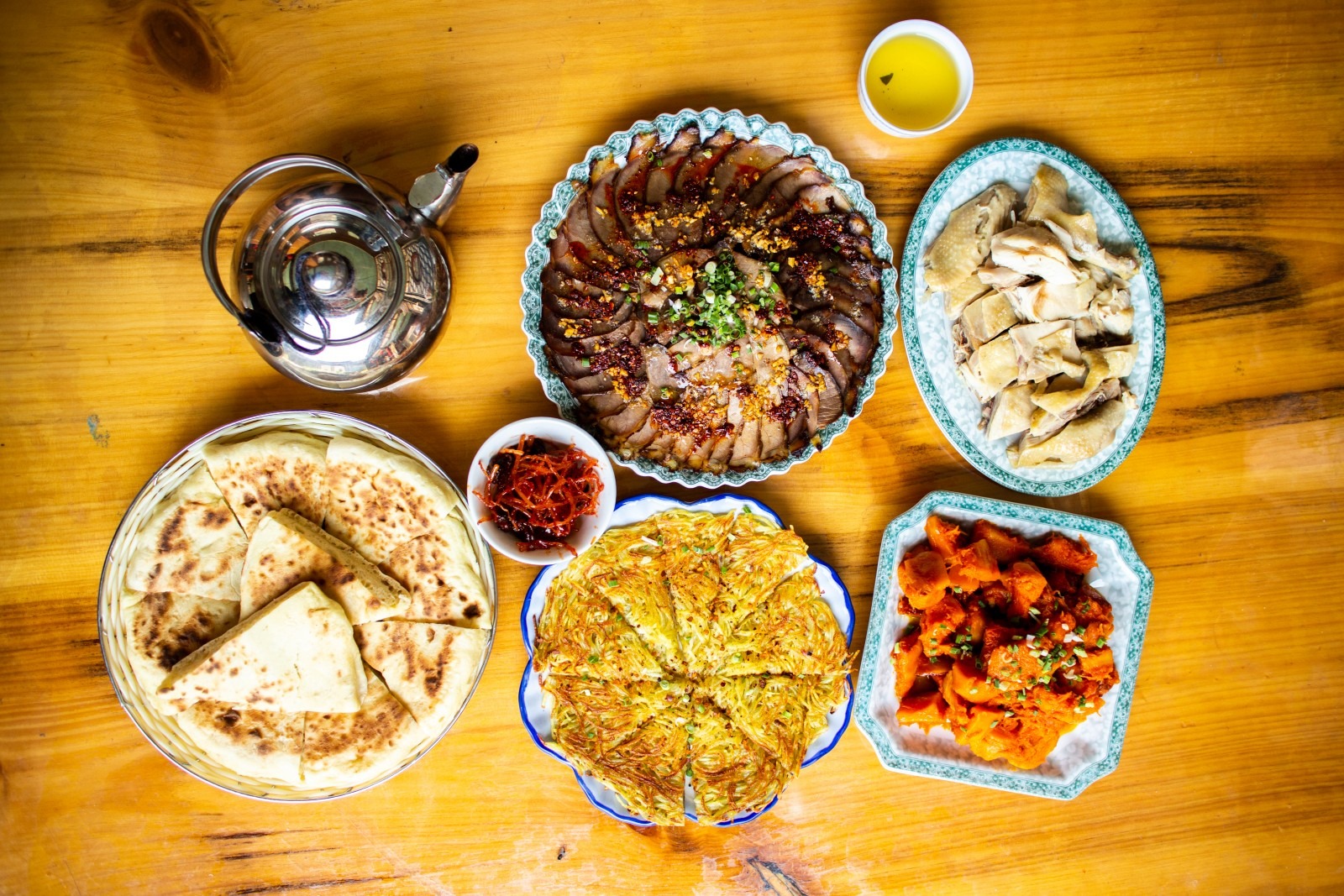
Asia Art Tours has launched the first of their offerings in Yunnan: A 7-day Culinary Tour. See the itinerary at: http://asiaarttours.com/tours/culinary-tour-of-yunnan/
